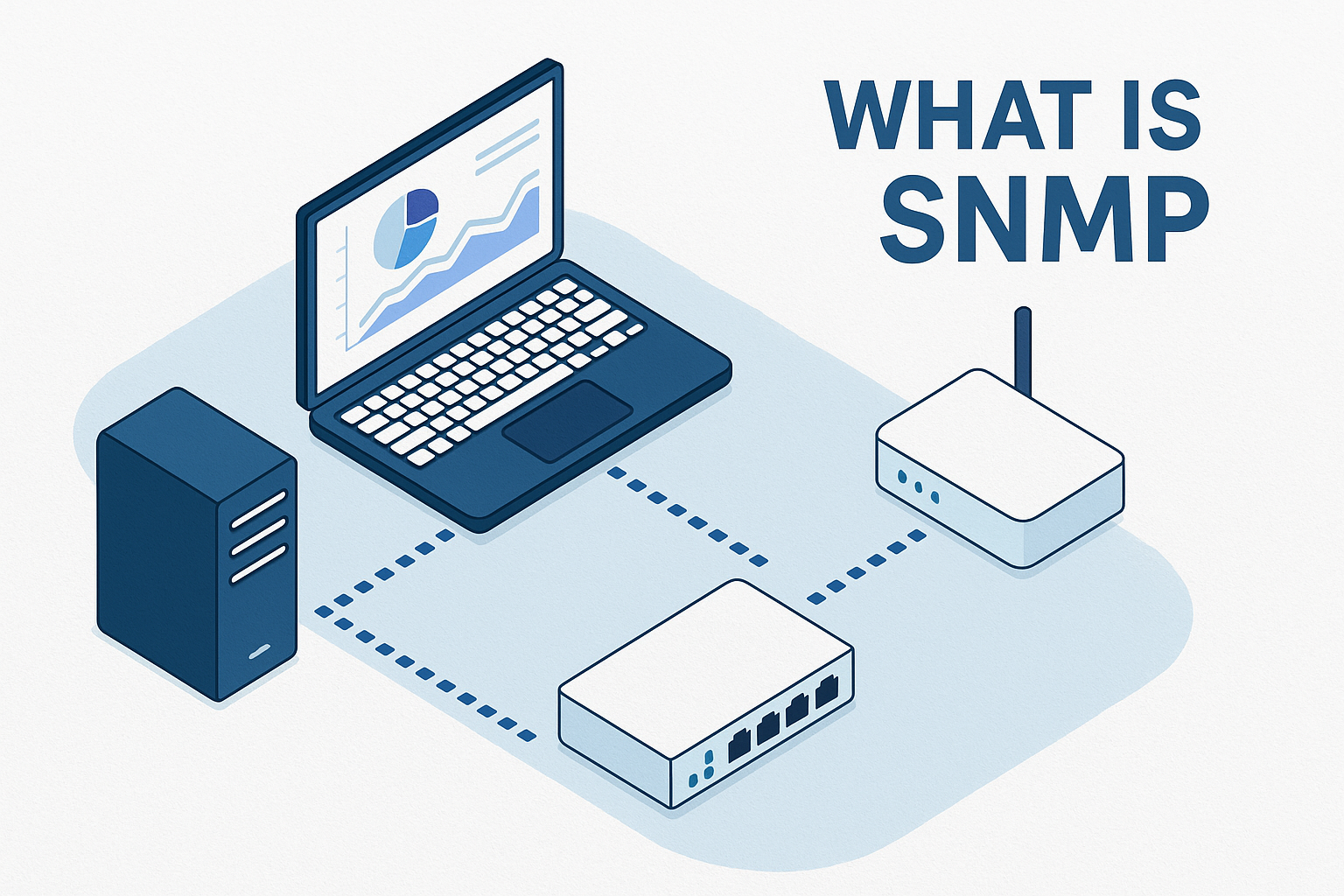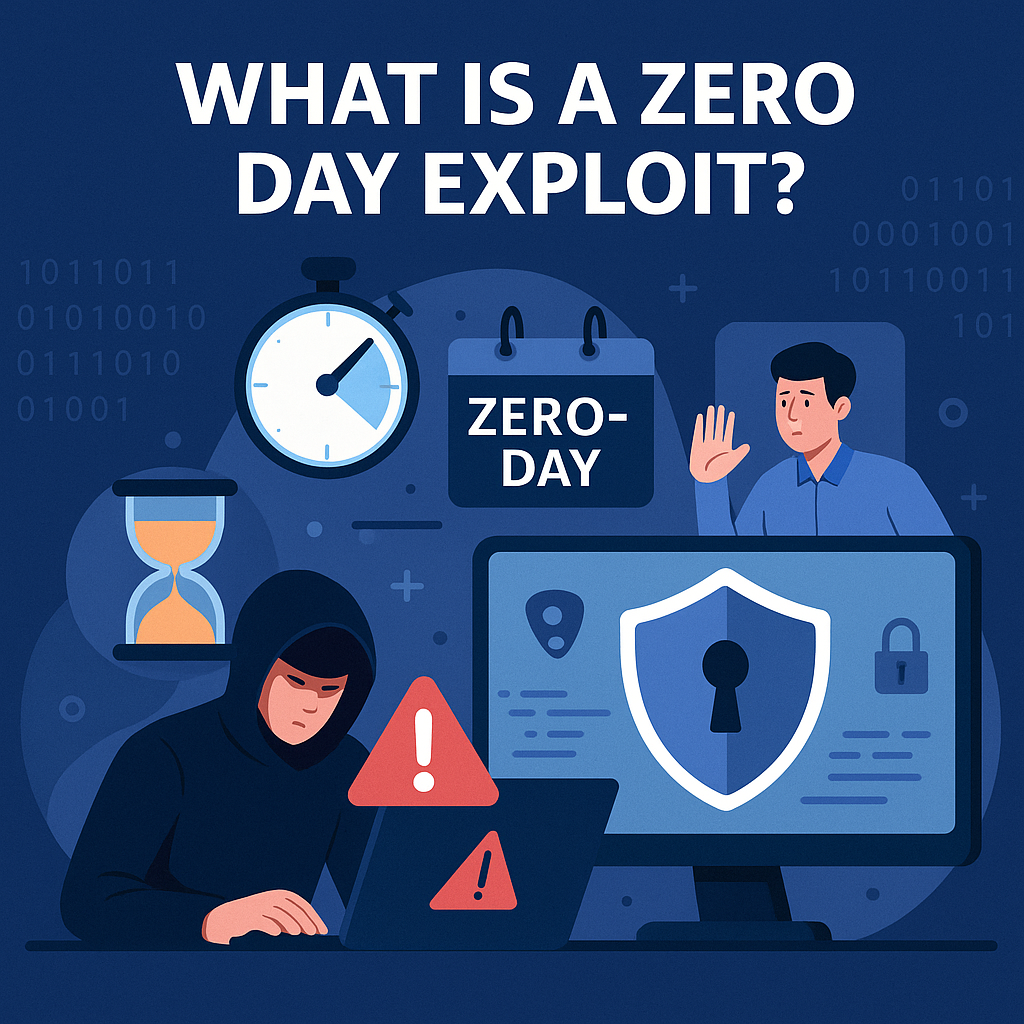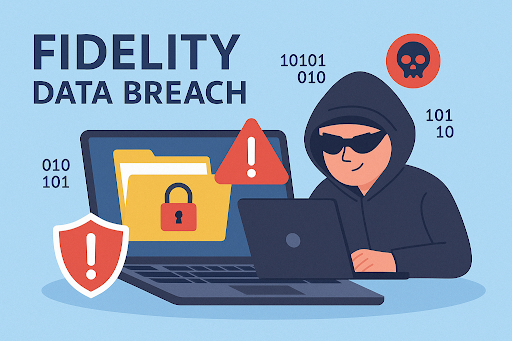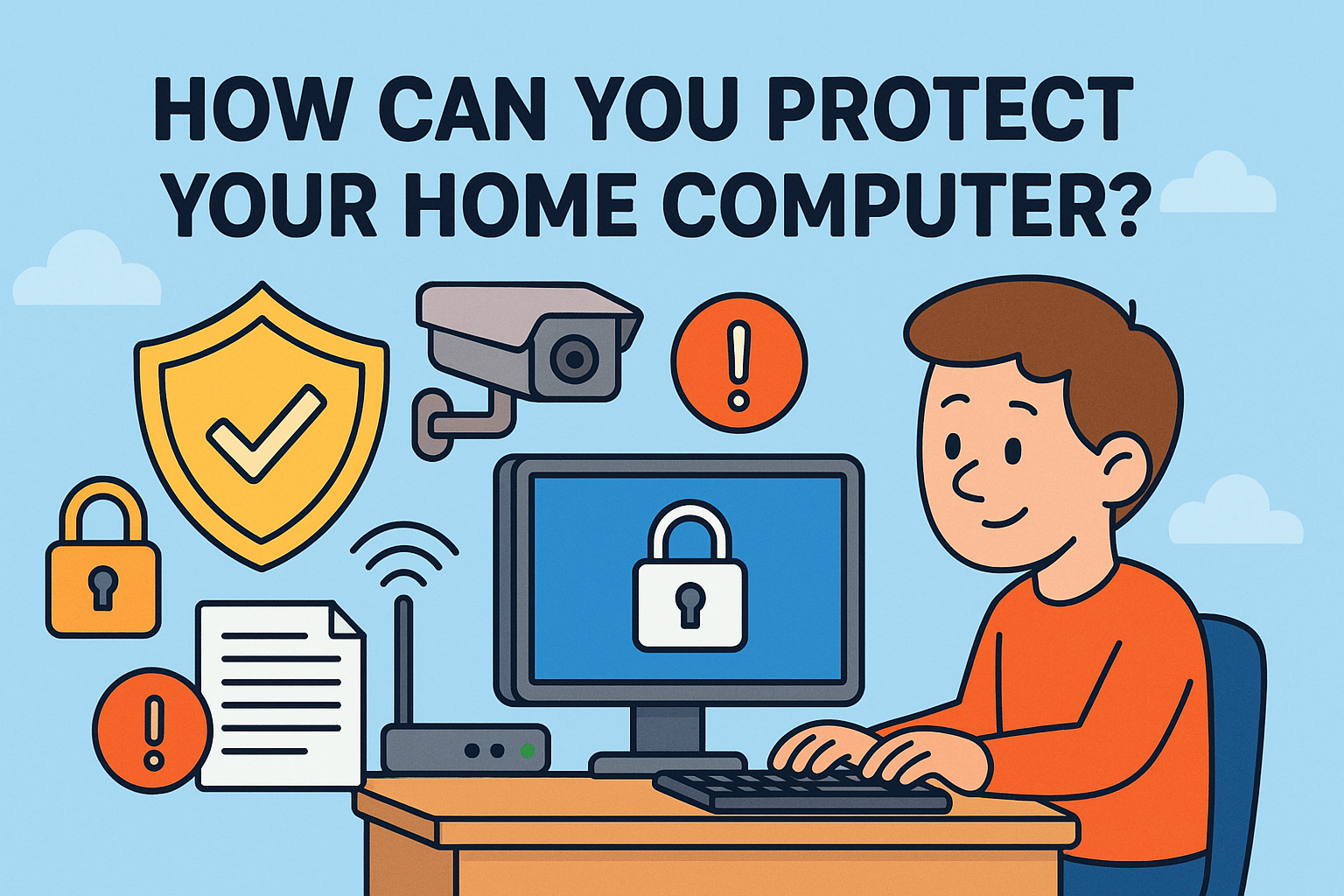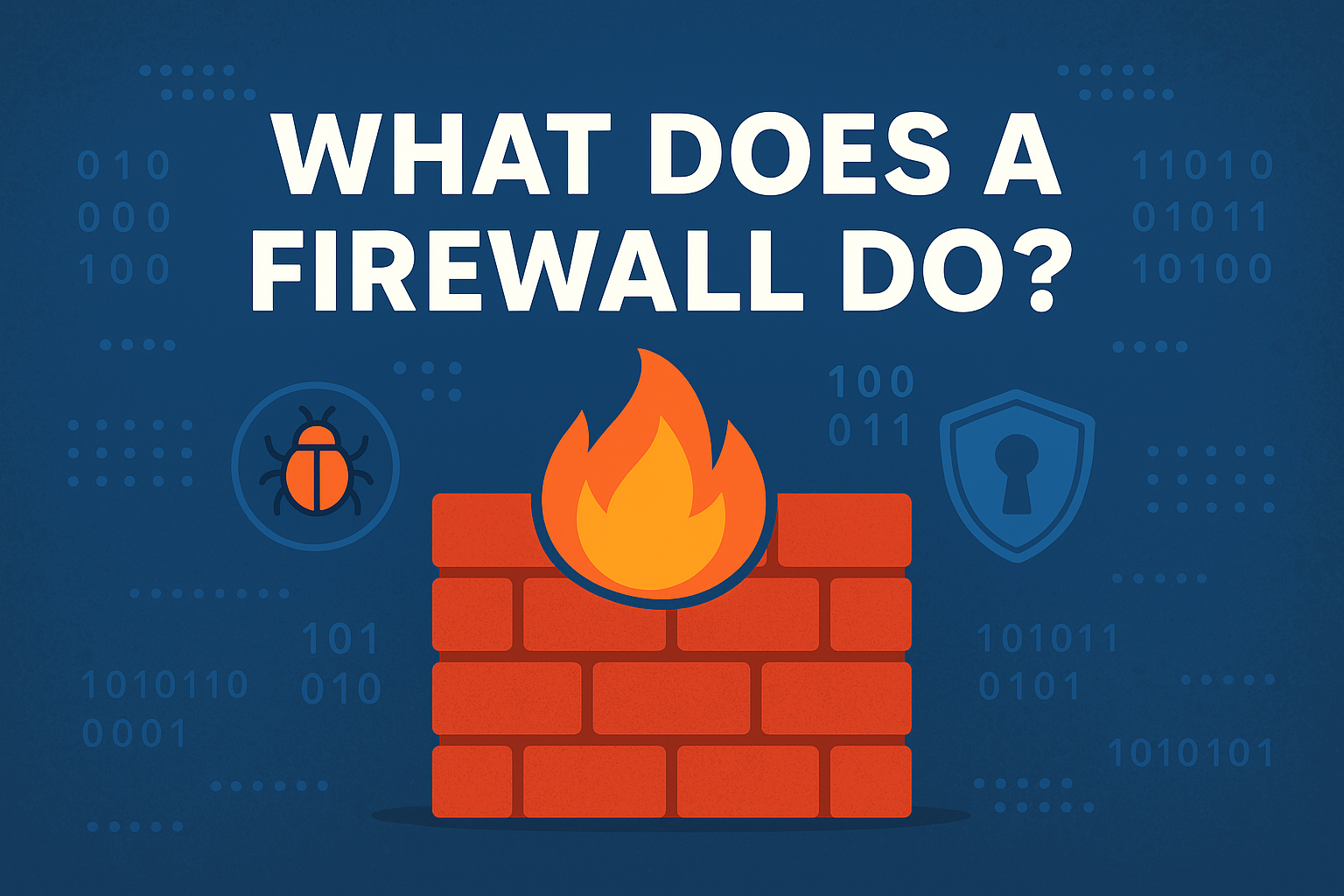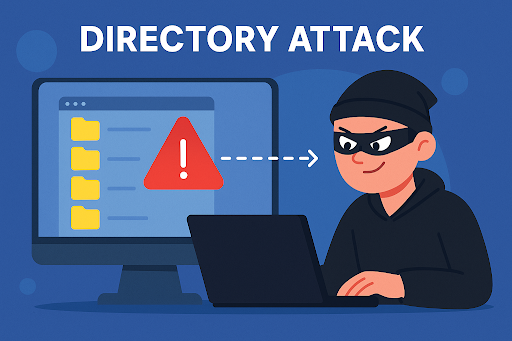Harrods Cyberattack: A Wake-Up Call for Retail Cybersecurity
Updated on May 13, 2025, by Xcitium

In the ever-evolving landscape of cyber threats, the recent cyberattack on Harrods, the iconic British luxury department store, serves as a stark reminder of the vulnerabilities that even the most prestigious retailers face.
What Went Wrong at Harrods – And Why It Happened
Harrods found itself on the defensive after detecting unauthorized attempts to breach its internal systems. But this wasn’t just a random scan or a harmless probe — it was a calculated infiltration attempt that forced one of the world’s most iconic retailers to restrict internet access across its entire network.
This type of response — essentially cutting off systems from the outside world — is a last resort. It signals not only a serious threat, but also that internal segmentation and real-time containment measures may not have been fully in place. Instead of isolating the malicious activity, the organization had to isolate itself.
The question we should be asking is: Why was a threat actor able to get close enough to force Harrods to flip the kill switch on its internet connectivity in the first place?
We know the likely answer. Retail environments are notoriously reliant on legacy systems, third-party services, and wide access permissions. Without Zero Trust enforcement — where every connection is treated as hostile until verified — organizations are one phishing email or misconfigured endpoint away from chaos.
In this case, the attackers didn’t succeed — this time. But they got close enough to expose deep architectural weaknesses. And next time, it might not be just Harrods.
A Broader Pattern in the UK Retail Sector
This incident is not isolated. In recent weeks, other major UK retailers, including Marks & Spencer and the Co-op, have also fallen victim to cyberattacks. These coordinated attacks suggest a broader, organized offensive targeting the UK retail sector.
The Role of Cybercriminal Groups
Cybersecurity experts suspect that a group known as “Scattered Spider” may be behind these attacks. This group is known for using sophisticated social engineering techniques to infiltrate systems, often deploying ransomware to disrupt operations and demand payments.
Implications for the Retail Industry
The retail sector’s increasing reliance on digital infrastructure makes it a prime target for cybercriminals. Legacy systems, vast customer data, and complex supply chains can create vulnerabilities that, if exploited, can lead to significant operational disruptions and financial losses.
The Need for Proactive Cybersecurity Measures
Retailers must recognize that cybersecurity is not just an IT issue but a critical component of business continuity and customer trust. Implementing robust cybersecurity frameworks, conducting regular vulnerability assessments, and fostering a culture of security awareness among employees are essential steps in mitigating risks.
Here’s What You Can Do Right Now to Protect Your Business
Don’t wait until your brand is in the headlines for the wrong reasons. You don’t need to wonder if your current provider is leaving you exposed — we’ll show you.
✅ Book a Free Endpoint Risk Assessment
We’ll scan your environment and pinpoint exactly where the blind spots are — before attackers do.
✅ Run a 3rd Party Forensic Scan
Xcitium gives you a second opinion you can trust, showing what your current tools might be missing — including unknown or dormant threats.




